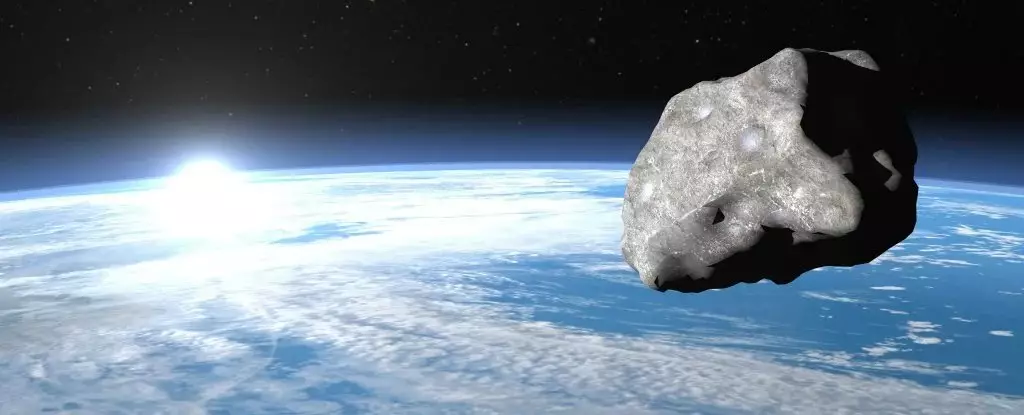Two rare asteroids are set to zoom past Earth within just 42 hours of each other this week. Despite their size and trajectory, both of these space rocks are classified as “potentially hazardous.” However, there is no immediate threat to Earth as both asteroids will safely fly by at thousands of miles per hour. The European Space Agency has confirmed that there is a zero percent chance of a collision with our planet.
Although neither of these asteroids will be visible to the naked eye, they can potentially be spotted using a telescope or binoculars, as explained by Gianluca Masi, an astrophysicist and founder of The Virtual Telescope Project. Alternatively, you can tune into livestreams hosted by The Virtual Telescope Project to witness the event live. One of the livestreams will feature Asteroid (415029) 2011 UL21 passing by on Thursday, June 27, while the other will showcase Asteroid 2024 MK on Saturday, June 29.
Asteroid (415029) 2011 UL21 is considered one of the largest asteroids to have recently passed near Earth, with an estimated diameter of about 1.4 miles. This mountain-sized space rock falls under the category of “planet killers,” which are asteroids at least 1.2 miles wide. If such an asteroid were to collide with Earth, it could cause substantial damage on a continental scale and potentially lead to significant climatic changes for many years.
However, the good news is that Asteroid (415029) 2011 UL21 will be passing by Earth at a safe distance of more than 4 million miles, which is approximately 17 times farther than the distance between Earth and the moon. This close approach is significant as it will rank 2011 UL21 among the top 10 largest asteroids to come close to Earth in the last 125 years.
Size and Brightness
In contrast, Asteroid 2024 MK is much smaller, with an estimated diameter ranging between 390 and 885 feet. Despite its smaller size, it is expected to be quite bright due to its close proximity to Earth. The asteroid will come within 184,000 miles of our planet, around 77% of the average distance between Earth and the moon. This close encounter will make Asteroid 2024 MK one of the brightest objects of its kind observed in recent history.
While these two rare asteroids are labeled as “potentially hazardous,” there is no immediate danger to Earth. Both asteroids will safely pass by at a considerable distance, offering scientists and space enthusiasts a unique opportunity to observe these space rocks up close. By monitoring and studying these celestial events, we can gain valuable insights into the nature of asteroids and their potential impact on our planet.


Leave a Reply